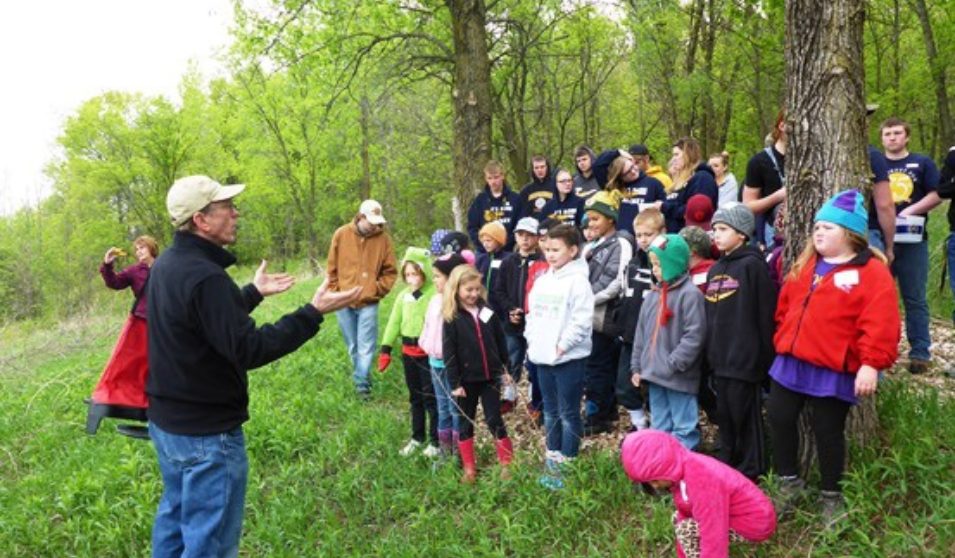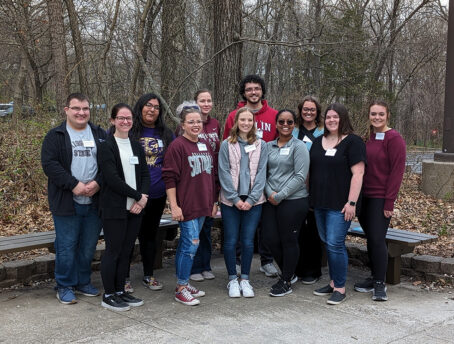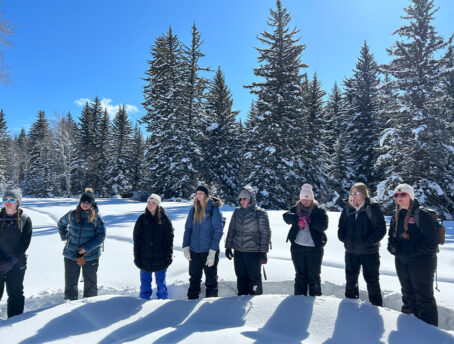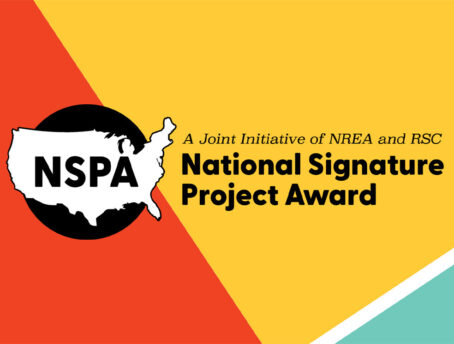Editor's note: Thank you to the Madison Audubon Society for sharing this excellent example of place-based education.
Dan Kvalheim, a DeForest High School teacher, has a grand plans for the future of Big Hill Environmental Learning Center - one he recently shared with Morrisonville Elementary School’s first and second graders on their visit to the land. Kvalheim envisions a diverse plant and wildlife community with wetlands, prairies, oak savanna, and woodlands; but it won't be an easy - or quick - road to get there. Kvalheim estimates it will take 50 years to reach the goal of a diversified, healthy landscape - and as he mentions this to the students during their visit, you can see in their eyes that this is, indeed, a long time (especially for an eight year old!)
But for birds and other wildlife that will inhabit the grasslands the group is planting today, that 50 years is nothing. In September 2014, National Audubon Society released a groundbreaking study revealing that half of the bird species in the continental US are threatened by global warming. Many Wisconsin species are at risk; therefore, local habitat efforts like the one at Big Hill are imperative for the vitality of these students favorite birds.
Julie Harrier, first and second grade teacher at Morrisonville Elementary School, was the recipient of a Madison Audubon Society Prairie Education Conservation Grant in 2014. With the funds, Julie purchased binoculars and nature journals for her classroom, and took her students on a field trip to Madison Audubon’s Goose Pond Sanctuary in Arlington, WI. After a nature walk, the students collected native prairie seeds from Goose Pond. They used these same seeds to plant a prairie at Big Hill.
Place-based education projects like the one led by Morrisonville Elementary School strengthen conservation efforts and involve the greater community. DeForest high school students joined to help with the prairie planting. Julie Harrier’s and Dan Kvalheim’s classes are just the beginning though. The goal is to involve DeForest classrooms, Eagle Scouts, and other community members and groups in Big Hill’s restoration and growth over the next fifty years.
A big thank you to Julie Harrier’s and Dan Kvalheim’s classes for their help planting the seeds that will create future homes for Wisconsin’s birds and other wildlife!
Madison Audubon conservation education efforts are led by Rebecca Ressl, Education Director and Rural Schools Collaborative Advocate. Funding for the Prairie Education Conservation Grants is provided by The Sixteenth Section Fund, a donor-advised fund dedicated to environmental education efforts in Illinois and Wisconsin.




